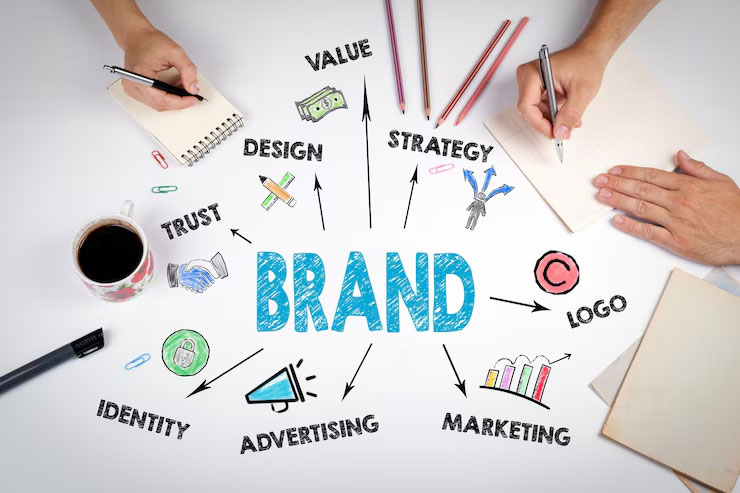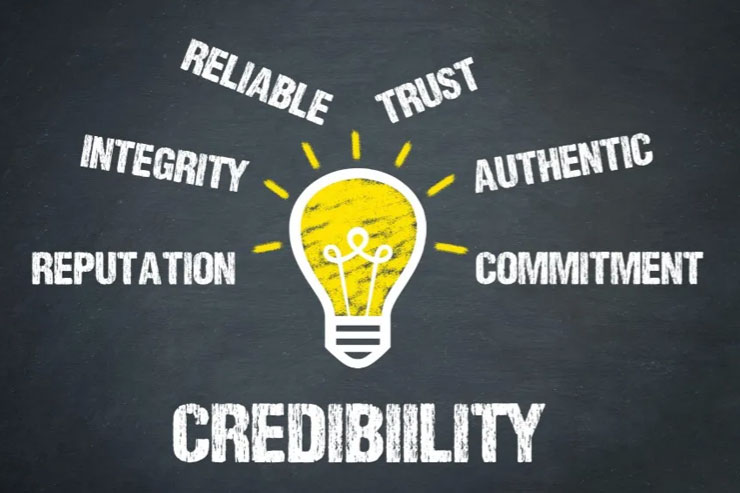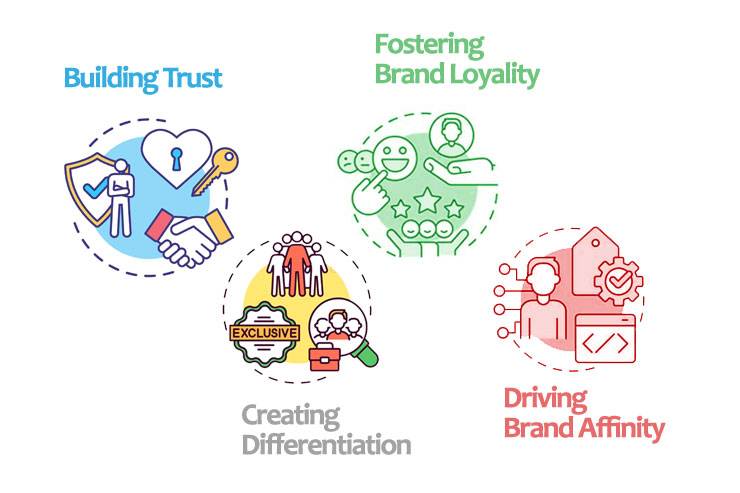The Crucial Role of Branding Design in Business Success
In today's highly competitive market, branding design plays an indispensable role in distinguishing businesses from their competitors. More than just a logo or a catchy tagline, effective branding encompasses the entire visual and emotional identity of a company. It builds recognition, evokes trust, and fosters customer loyalty. In this blog post, we'll delve into the importance of branding design and how it can drive business success.
Establishing a Strong Identity

Branding design is the cornerstone of your business identity. It encompasses your logo, color scheme, typography, imagery, and overall visual style. These elements work together to create a cohesive and recognizable image. A well-designed brand helps convey the company's values, mission, and personality. It sets the tone for how customers perceive and interact with your business.
For example, Apple’s sleek and minimalist design reflects its commitment to innovation and user-friendly technology. This consistent visual identity makes Apple instantly recognizable and reinforces its brand message across all touchpoints.
Building Trust and Credibility

Consumers are more likely to trust and engage with a brand that appears professional and polished. A well-designed brand instills confidence and assures customers of the quality and reliability of your products or services. Consistency in branding design across all platforms and marketing materials signals that your business is stable and trustworthy.
When customers see the same logo, colors, and messaging consistently, it creates a sense of familiarity. This familiarity can translate into trust, as people tend to prefer brands they recognize and feel comfortable with.
Differentiating from Competitors

In saturated markets, standing out is crucial. Effective branding design sets your business apart from competitors by highlighting what makes you unique. Whether it’s through innovative design, a distinct color palette, or a memorable logo, strong branding helps capture attention and stay top-of-mind with potential customers.
Consider Coca-Cola and Pepsi. While both sell similar products, their branding differentiates them significantly. Coca-Cola’s classic red and cursive logo evoke nostalgia and tradition, while Pepsi’s bold blue and circular logo communicate a more modern and youthful vibe.
Enhancing Emotional Connection

Brands that evoke emotions create stronger connections with their audience. Branding design plays a key role in this by using visual elements to tell a story and convey feelings. Whether it’s through color psychology, imagery, or typography, a well-crafted brand can evoke specific emotions that resonate with the target audience.
Take, for instance, the outdoor brand Patagonia. Its branding design, which includes rugged and natural visuals, earth-toned colors, and authentic storytelling, connects deeply with environmentally-conscious consumers. This emotional connection fosters brand loyalty and turns customers into advocates.
Supporting Marketing Efforts

A strong brand design enhances all your marketing efforts by providing a consistent and professional image. Whether it’s social media posts, email newsletters, advertisements, or packaging, cohesive branding ensures that all marketing materials work together harmoniously. This consistency not only reinforces brand recognition but also makes marketing campaigns more effective and memorable.
Facilitating Growth and Expansion

As businesses grow and expand, a solid brand foundation is essential. Strong branding design can seamlessly extend to new products, services, or markets. It provides a flexible yet consistent framework that can adapt to different contexts without losing its core identity.
For example, when Amazon expanded from an online bookstore to a global e-commerce giant, its branding evolved while maintaining the core elements that people recognized and trusted. This adaptability is crucial for sustaining growth and entering new markets successfully.

